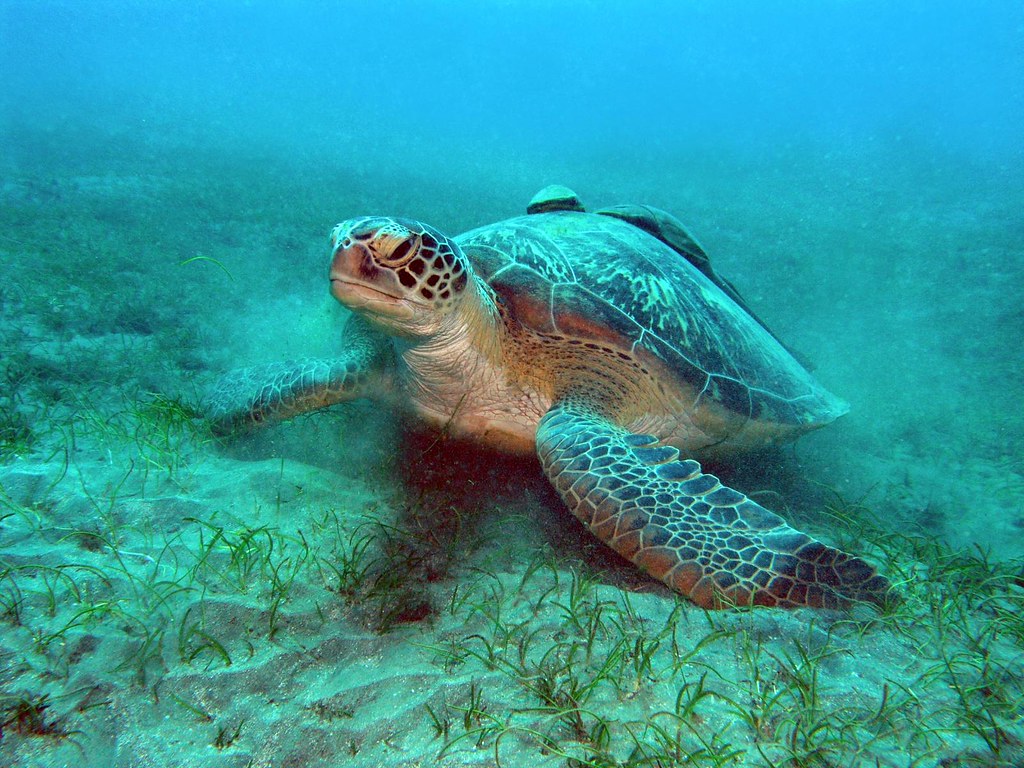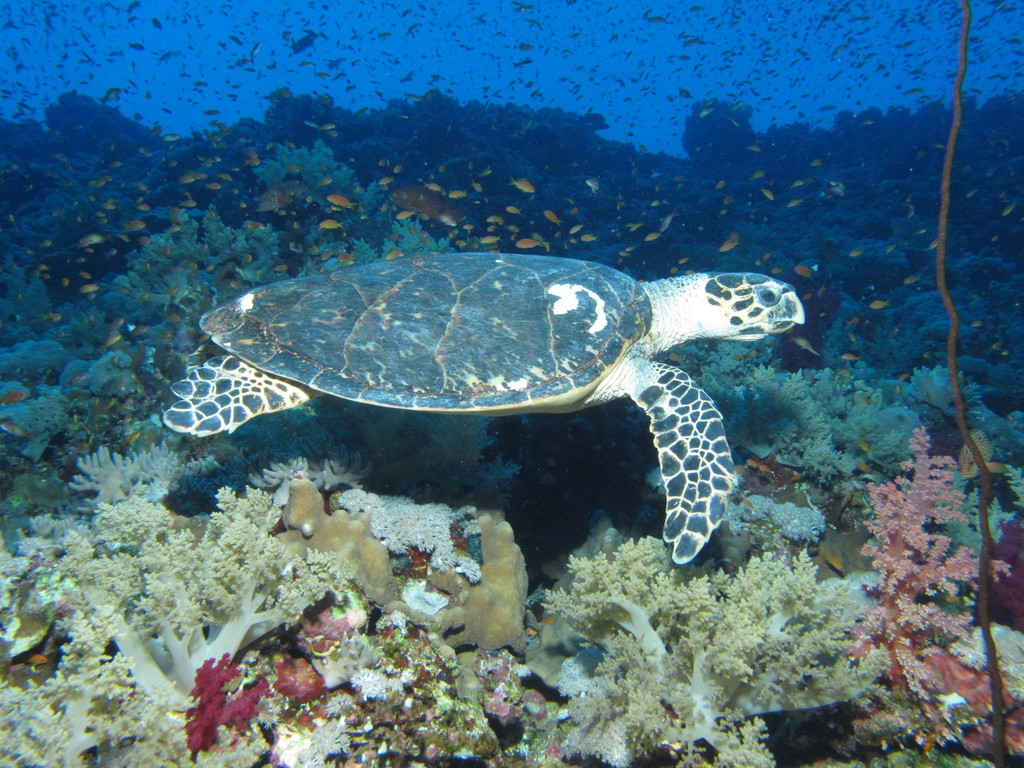Sea turtles: Animal kingdom’s greatest navigators map the world’s oceans through magnetic fields
24 June 2019
It took humans hundreds of years to navigate the world’s oceans – but these exceptional animals can do so naturally and with complete precision.
Sea turtles are truly prehistoric animals. They have been on Earth for more than 220 million years and survived the severe climatic changes which led to the extinction of the dinosaurs. While other species died out, sea turtles thrived spreading to all oceans of the world except the icy poles.
Yet for all the climactic turmoil their species has lived through, they may not survive us.
For decades these amazing aquatic animals have suffered due to hunting, over-harvesting of their eggs, loss of nesting beaches and pollution. Fishing also poses a danger with thousands of sea turtles accidentally caught in nets and other equipment every year. Of the seven known species, six are critically endangered today.
Sea turtles hatch on sandy beaches and the hatchlings use the moonlight to find their way to the sea. Although they start life on land, the ocean is where they will spend it.
Each individual will swim many thousands of miles through the world’s oceans in search of food, yet they will all return to the exact same beach where they were hatched when the time comes for them to lay eggs themselves.
How do they achieve this monumental feat? How do they know how to navigate back to the very same place in which they themselves hatched?
The Greatest Navigators
As hatchlings, turtles that have never been in the ocean immediately establish a course toward the open sea and then maintain them after swimming beyond sight of land.
Young juvenile turtles follow complex migratory pathways that often lead across entire ocean basins and back. Later, as adults, turtles migrate from feeding grounds to specific mating and nesting areas, after which many return to individual feeding sites.
The itinerant lifestyle of sea turtles is thus inextricably linked to an ability to navigate with precision through vast expanses of emptiness contained within the open seas.
For human, the ability to calculate both latitude and longitude at sea was for centuries believed to be impossible and was only realised in the 18th century with the invention of marine chronometers.
Incredibly, scientists have discovered sea turtles can do this naturally through magnetoreception – the ability to detect the Earth's magnetic field.
The Earth's field is one of several cues that guide newly hatched turtles as they migrate offshore for the first time. Farther out to sea, magnetic fields unique to different geographic areas function as navigational markers that elicit changes in swimming direction at crucial points in the migratory route where the turtles might otherwise stray off course.
In addition to providing directional information, the Earth's field also provides a potential source of positional information. The intensity (strength) of the field and the inclination or tilt of the field lines both vary predictably across the globe, so that each region of the ocean typically has a unique magnetic field associated with it. Turtles can detect both magnetic field intensity and magnetic inclination angle.
Moreover, when exposed to regional magnetic fields that exist in widely separated locations along their migratory route, turtles that had never been in the ocean respond by swimming in directions that would, in each case, facilitate movement along the migratory pathway.
Juvenile and adult turtles, as they gain experience with their habitat, learn the magnetic topography of the areas where they live and eventually develop mental magnetic maps to navigate them back to the beaches they hatched on.
For the world’s greatest natural navigators and cartographers to held in captivity is truly sad. But many thousands of sea turtles are housed in poor quality conditions within aquariums and ocean parks across the world, forced to live within an unnatural environment and confined within small aquariums.
Do your bit for these amazing animals by only supporting establishments that have truly rescued sea turtles and have explored all available options to return individuals back to the wild where they belong. Do not support facilities that take sea turtles from the wild to display in aquariums.
BACK






